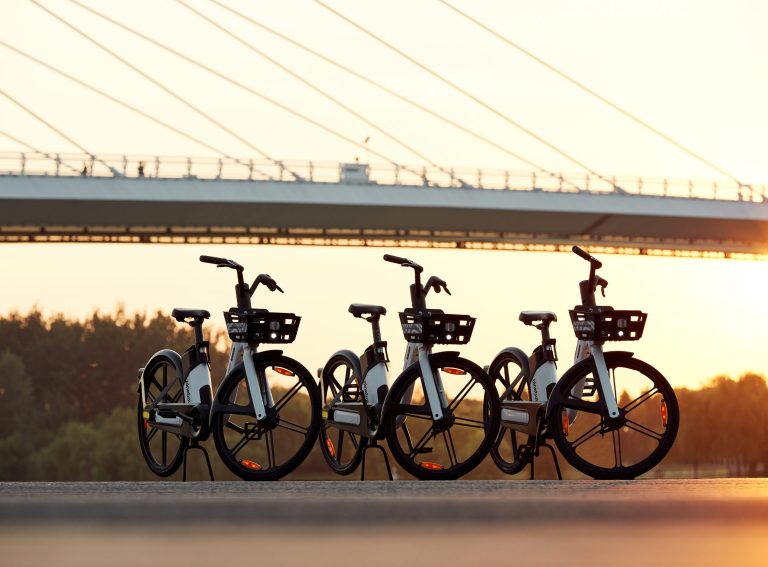As part of a new Insight Hub series, Zag Daily is inviting some of the world’s leading researchers to share their latest findings with us each month. We believe the insights from these data driven studies can help advance micromobility and transform travel in our cities for the better.
Authors: Cornell University Professor Nicholas Klein, University of Oregon Professor Anne Brown, Lime Director of Policy Research Calvin Thigpen
You’re about to host guests, and your house is a cluttered mess! What to do? Quick! Arrange the magazines neatly on the coffee table, put the dirty dishes in the dishwasher, the books back on the shelf, the kids’ toys in the baskets and bins, and the dirty clothes in the laundry hamper.
Ahhhh… Now the house is tidy, and you won’t get judgmental glances from your guests as they walk through the front door!

It turns out, when the hosts are scooter riders and the guests are the general public, the same rules apply. Our research shows – perhaps intuitively – that the public and riders apply the same aesthetic desires for tidiness to parked scooters as they do to the possessions in their home.
Quiz time
Take a look at this image. Do you think the scooters comply with the parking regulations in most major cities?
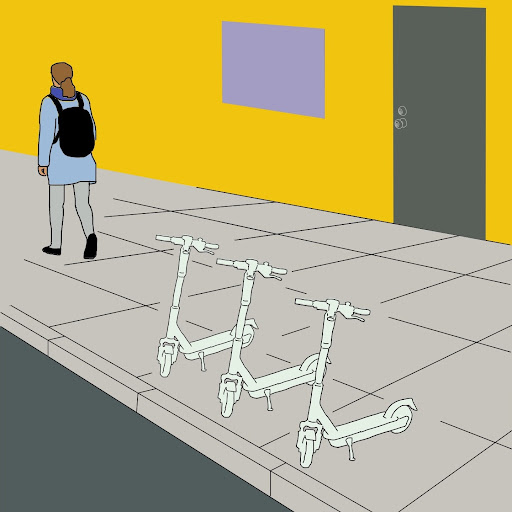
If you said “yes”, you’re in agreement with more than 75% of people we surveyed in Washington, DC, and Auckland, New Zealand.
What about this image?
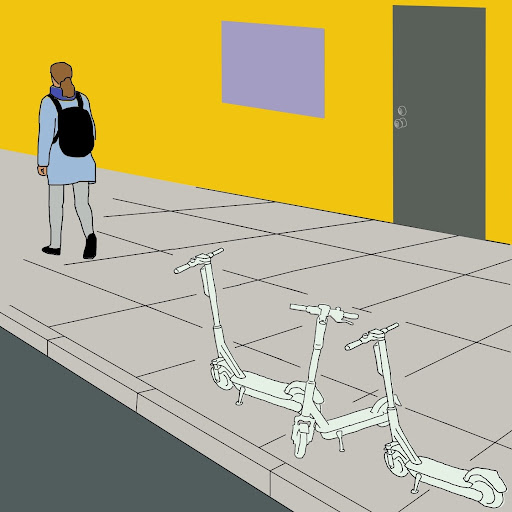
If you said these were non-compliant, then again, you’re with the majority of survey respondents (over 75%).
But both of these scenarios show scooters that comply with local parking requirements in the cities where residents were surveyed – one is just more aesthetically pleasing, based on the parked scooters’ orientation to each other. To most people, the misaligned scooters just feel wrong.
We think this desire for tidy streetscapes is one reason why a majority of survey respondents also rated scooters parked at bike racks (88%) and in parking corrals (83%) as compliant with parking regulations.
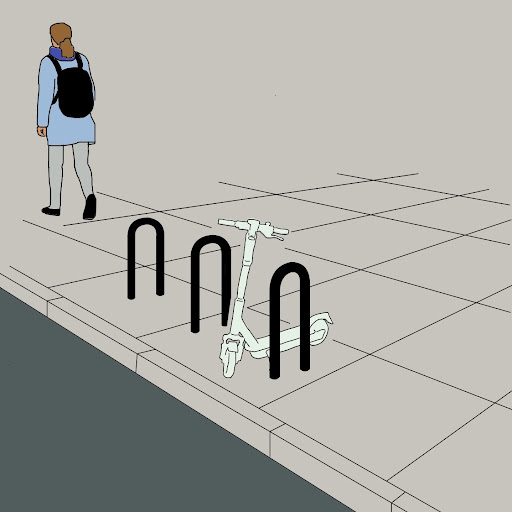
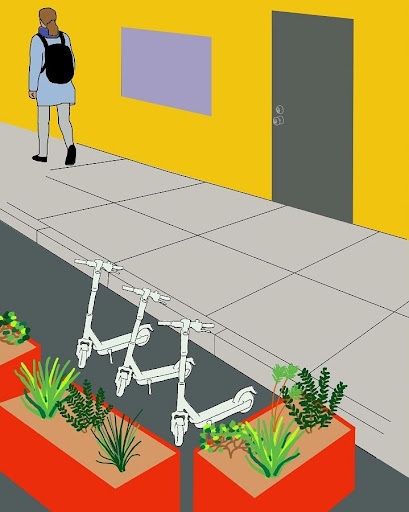
Since city policymakers are responsive to their residents, complaints about untidy but compliant parking can sometimes lead them to question the value of an e-scooter programme or providers, even when their riders are following the rules.
Setting programmes up for success
We believe the solution lies in building adequate e-scooter parking to reduce friction and limit scenes of untidy parking.
To stretch the metaphor further – if you’ll bear with us – how would you prepare yourself to tidy up your house for guests? Would you rather have only a few, inconveniently scattered places to put your belongings in neat order? A small bookshelf out in the yard, a single cabinet for all of your dishes, a lone box for your children’s toys high on a shelf?
No, of course not! They’d overflow and create headaches. Instead, you’d make sure to have plenty of storage for your belongings, located near where you need them: a large bookshelf in the living room, several cabinets for your plates, bowls, and glasses, and several bins to fit your children’s toys where they can reach them.
The same principle applies to shared scooter parking.
We know from our earlier research that most scooter riders care about parking properly. Unclear or confusing rules was the number one reason most scooter riders said they misparked. In other words, most riders want to do the right thing, they just don’t always know how or where to park.
The logical conclusion is – much like with the receptacles to tidy your house – if you want riders to both park properly (and tidily) and find the system useful, you need to provide enough parking locations, in the right places, with enough capacity.
How much scooter parking and where to put it?
Building off our three studies, new research from Lime’s policy research team suggests some preliminary guidance on these areas.
Inspired by groups like NACTO and ITDP, which helped provide guidelines on how to build successful docked bikeshare systems, Lime’s analysis extends these groups’ guidance to dockless scooters.
The Lime data suggests that as more cities consider requiring scooters to be parked in on-street parking corrals, or locked to bike racks, high levels of compliant parking only follow if the city provides:
- Parking corrals at an average density of 25 per square kilometer (65 per square mile) – or roughly one corral on every street intersection
- Enough parking corrals sited around street corners to cover about 80% of the city within easy walking distance
- At least three parking spaces per permitted scooter, since a well-utilized system will see scooters move throughout the city to multiple locations per day
For cities eager to spur greater conversion from car-use to micromobility, building more dedicated e-scooter and e-bike parking can have the dual impact of disincentivizing driving, while tidying up streets. One on-street car parking spot can hold about twelve e-scooters or eight e-bikes, and thousands of repurposed spots across a city can ensure riders always know where to park. The result is tidy streets.











